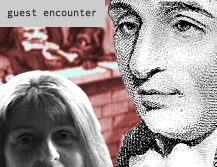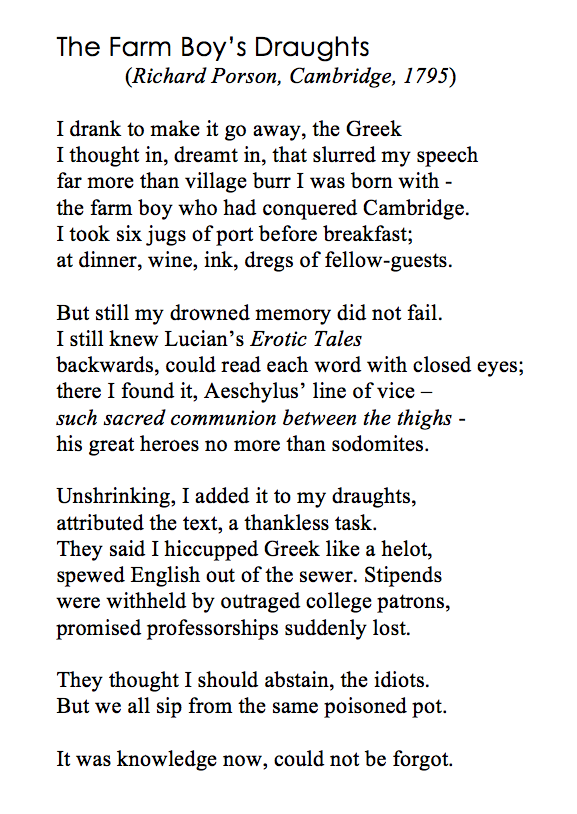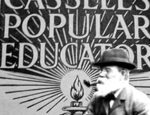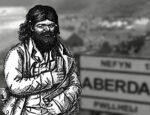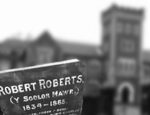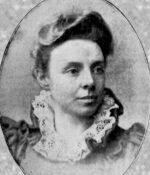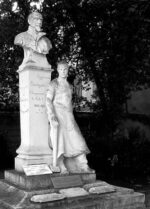Description

The bibulous 18th-century classics scholar Richard Porson (1759-1808) was born in rural Norfolk, the son of a weaver. He attended the village school until a local nobleman, impressed by the boy’s classical prowess, paid for his education to be continued at Eton. Several other patrons financed his studies at Trinity College, Cambridge, where he was elected a Fellow. However, in 1792, when it was decided that fellowships were no longer open to laymen, Porson declined to take holy orders and so lost his stipend. He was subsequently supported by an annuity raised from friends’ subscriptions.
He is chiefly remembered for Porson’s Law, applied to Greek tragic metrics, alongside the Porson Greek typeface based on his own handwriting, as well as his acclaimed textual work on Greek drama. In his 1795 edition of Aeschylus, he identified a line quoted by Lucian’s Erotes, or ‘Erotic Tales’, as a fragment of Aeschylus’s lost tragedy, Myrmidons. In this fragment, Achilles, the Greek warrior hero of the Trojan War, unequivocally celebrates his physical passion for his fellow warrior Patroclus – its attribution to Aeschylus must have perturbed the classical establishment of the time. Porson’s lack of social niceties, foul mouth, and capacity for alcohol were also infamous, shocking even Lord Byron who wrote that ‘I never recollect him except as drunk or brutal, and generally both…He used to recite, or rather vomit, pages of all languages’ (although Byron’s disdain might well have been motivated by class snobbery). Porson probably had what we would now call a photographic memory, which, while useful, was also apparently a source of misery to him as ‘he could never forget anything, even that he wished not to remember’. Such memories no doubt included those of his own, lowly upbringing.
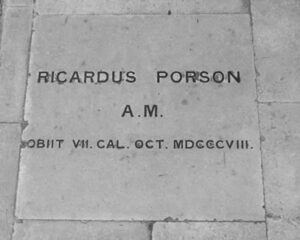 In 1808 Porson suffered an apoplectic fit on the Strand, and, due to his habitually bedraggled appearance, was taken to the nearest workhouse for treatment. Here, according to a subsequent advertisement in The Times seeking his identification, his pockets were found to contain only a watch, a few silver coins and ‘a memorandum-book, the leaves of which were filled chiefly with Greek lines written in pencil’ After being rescued from the workhouse by a friend, Porson headed straight for the nearest coffee house to consume a glass of wine washed down with brandy jelly. He died of alcohol poisoning shortly afterwards.
In 1808 Porson suffered an apoplectic fit on the Strand, and, due to his habitually bedraggled appearance, was taken to the nearest workhouse for treatment. Here, according to a subsequent advertisement in The Times seeking his identification, his pockets were found to contain only a watch, a few silver coins and ‘a memorandum-book, the leaves of which were filled chiefly with Greek lines written in pencil’ After being rescued from the workhouse by a friend, Porson headed straight for the nearest coffee house to consume a glass of wine washed down with brandy jelly. He died of alcohol poisoning shortly afterwards.
The following poem comes from The Paths of Survival, a sequence centred around the 10 known fragments of Aeschylus’s Myrmidons, which begins with a scrap of papyrus in an Oxford Library and ends with the tragedian revising his play in Sicily just before his death. Along the way, archaeologists, manuscript hunters, Scholiasts, monks, scribes – as well as textual editors, such as Porson – all have their part to play.
poem and encounter by Jo Balmer
n.b. around 1800

